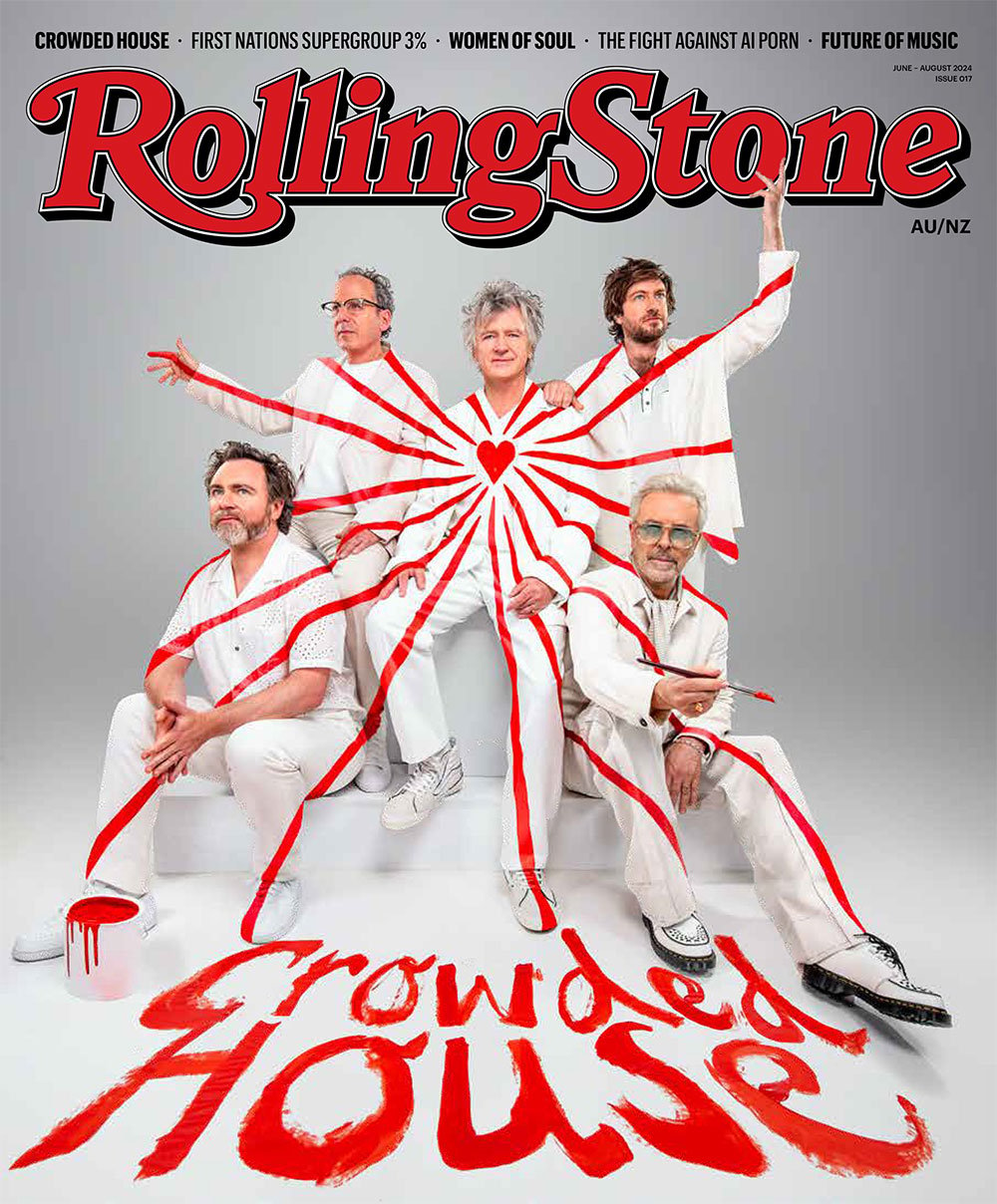50 Genuinely Horrible Albums by Brilliant Artists
Dylan, Lennon, Bowie, Outkast — even the greatest of greats screw up sometimes. These are the epic duds that diehard fans would like to pretend never happened

From left: Lou Reed, Elton John, KISS, David Bowie, Kanye West.
PHOTOS IN COMPOSITE BY EBET ROBERTS/REDFERNS/GETTY IMAGES; MARK JUNGE/GETTY IMAGES; PENPAK NGAMSATHAIN/GETTY IMAGES; LYNN GOLDSMITH/CORBIS/GETTY IMAGES; INDEPENDENT NEWS AND MEDIA/GETTY IMAGES; DIMITRIOS KAMBOURIS/GETTY IMAGES
“THERE IS NO great genius without a touch of madness.” Greek philosopher Aristotle made this observation roughly 2,300 years ago, long before legit geniuses like Bob Dylan, John Lennon, Carole King, Elton John, Madonna, and Prince proved him right. Among the many celebrated masterpieces these artists have given the world, they have also turned in albums so monumentally putrid that nothing short of “a touch of madness” can explain their existence.
Some of these albums were the products of way too much cocaine. (Elton, we’re looking at you.) Some of them came from label pressure to move beyond a cult following by creating commercial music. (Hello, Liz Phair.) Some of them were crafted before a band found its true sound (Pantera, take a bow), while others came long after key members parted and the band had no earthly reason to still exist. (Cough-Genesis-cough).
A huge percent of them were sad victims of horrid Eighties production choices, most notably the dismal period from 1985 to 1988, when cheeseball synths and shotgun-blast snare drums created a sound that has aged worse than a tuna fish and sardine sandwich left in the sun.
Needless to say, rock fans are notorious contrarians and one person’s garbage album is another person’s overlooked classic. We’re sure there are people out there that love Elton John’s Leather Jackets, the Velvet Underground’s Squeeze, and Carol King’s Speeding Time. Some of you will feel that we picked the wrong Elvis movie soundtrack, or that we were insane to leave off Tom Petty’s Let Me Up (I’ve Had Enough) or Public Enemy’s Muse Sick-n-Hour Mess Age. (We happen to enjoy both those records.) There’s also no U2 record because we like them all, even Songs of Experience and October. Those are fighting words to some, and we’re sure many readers will have their problems with this list. True suckiness — like true greatness — is a subjective quality.
Did we rank them? We sure did. Beginning with least-worst and counting down to the most historic flop.























































































